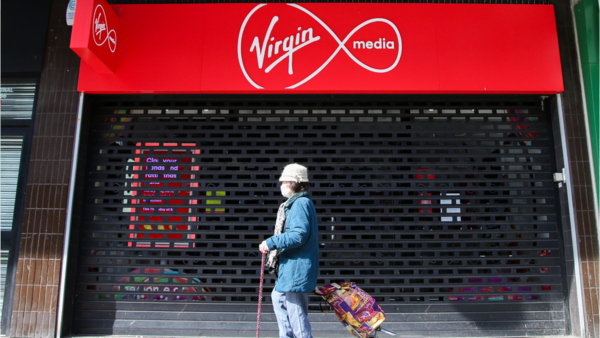Netflix reveals ‘number mistake’ on HDMI port that can ruin your TV quality – and list of common issues with easy fix


NETFLIX has revealed some of the easiest ways to boost your TV picture quality – and where you might be going wrong.
If you're a Netflix fan, you'll probably be wanting to get the very best image from your shows and movies.
The quality of your picture when watching Netflix depends on a huge range of factors.
And even simple mistakes can make a big difference – so Netflix has shared some tricks.
"Make sure that you’re watching Netflix in the highest quality possible, whether it's HD, 4K Ultra HD, or with HDR," Netflix explained.
The good news is that it might only take a few seconds to fix some of your TV woes.
First you'll want to know what some of the key terms mean when it comes to Netflix TV quality.
When you're seeing HD, Full HD, and Ultra HD (or 4K), that refers to the resolution of the picture.
The resolution is how many pixels make up the image: the more pixels, the more detail can be crammed into a single frame.
Then there's HDR and Dolby Vision (which is a Dolby-made version of HDR) – both types of video formats.
They govern the dynamic range of an image.
With high dynamic range, you'll get brighter whites and darker blacks.
That means you'll end up getting better contrast and a wider range of colors when watching HDR or Dolby Vision content (assuming you're set up correctly).
The first thing you need to do is make sure you're actually getting 4K or HDR from your Netflix plan.
Different Netflix membership levels have varying levels of quality.
Not sure what type of cable you have? It's often printed on the cable or the cable ends.
Netflix
So if you're not paying enough money each month, you might not be getting the highest quality.
Secondly, Netflix recommends checking your internet connection.
This is a big one: your video quality can be massively limited by your internet's download speed.
You can check it easily at Fast.com, and see if it's up to snuff.
Avoid placing your router near these...
But make sure you're doing the test on a device that's close to the TV you're watching Netflix on.
Here are Netflix's recommended internet speeds:
Thirdly, you'll need to check to see if all the devices that you're using support the quality you're trying to watch.
So if you're just watching on a TV via an app then at the very least, you'll need the television to have a 4K screen to support 4K Ultra HD content.
But if you're watching via a streaming stick – like an Fire Stick or Roku device – plugged into the TV then that device will also need to support 4K.
Not all streaming devices do support 4K, so you might find your content limited to HD or Full HD even if the TV itself has a 4K screen.
And you'll want to make sure you're using the right kind of HDMI connection too.
Here's an easy guide to what 4K means...
Netflix explains: "For the Premium plan, you need to use Premium High Speed HDMI or Ultra High Speed HDMI cables.
"Not sure what type of cable you have? It's often printed on the cable or the cable ends.
"For 4K or HDR, make sure that devices and cables are plugged into an HDMI port that supports HDCP 2.2 or later (usually the HDMI 1 port).
"If a device or cable in your setup doesn't meet all requirements for a particular quality, Netflix will play at the highest quality available for that device, port, or cable."
Next, check that you're actually trying to watch 4K content.
Not all Netflix titles are offered in 4K or HDR – if they are, they'll be marked as such with a badge on the movie or show's info page.
And you can also search for 4K or HDR content specifically.
Finally, double-check your settings to make sure that Netflix is set up to play at the correct quality.
If you look under Playback Settings, you'll be able to set the exact quality you're looking for.